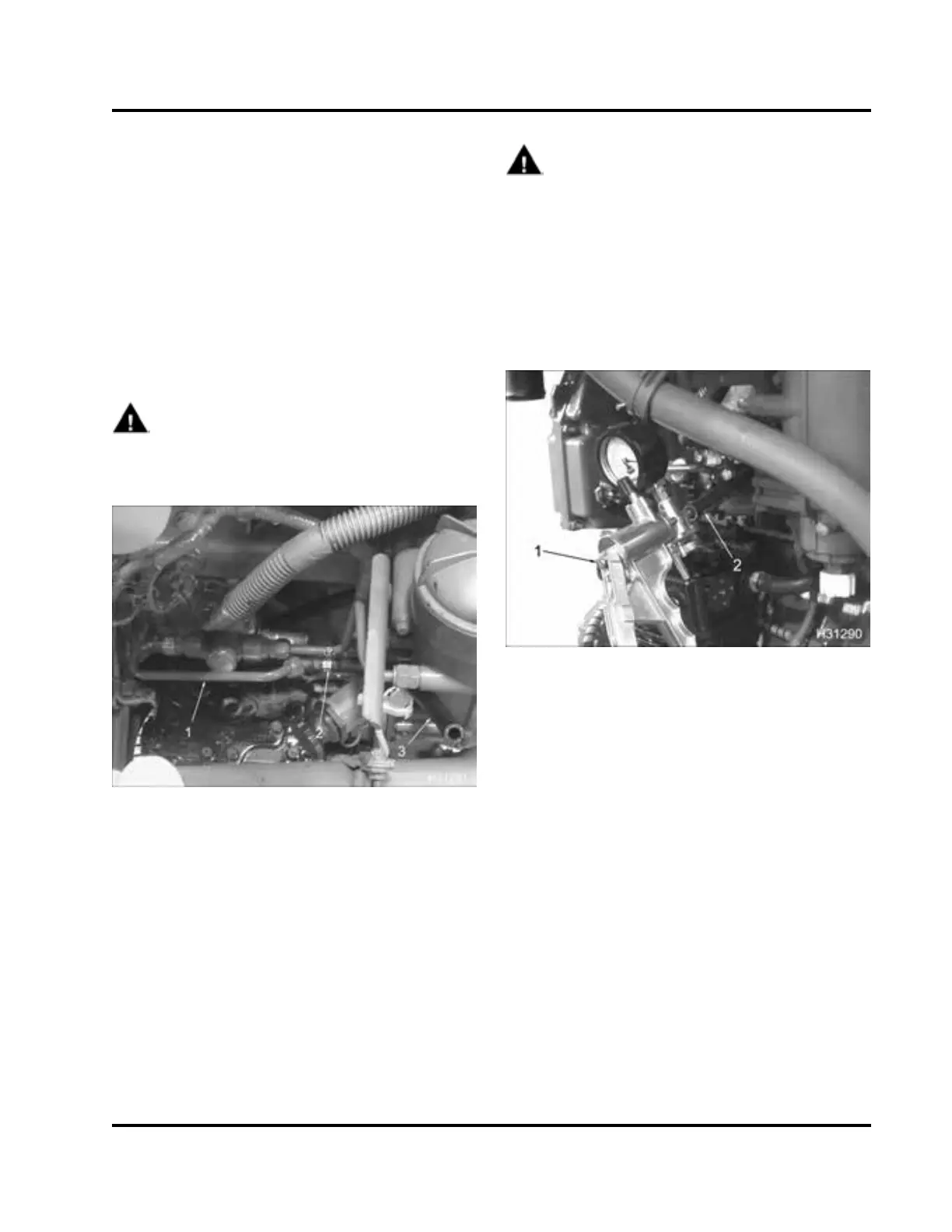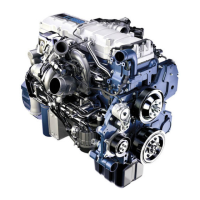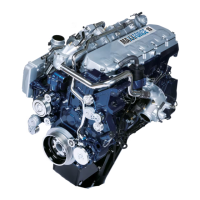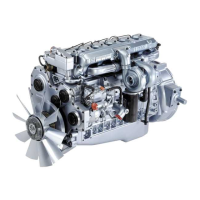5 HARD START AND NO START DIAGNOSTICS 185
Operation of Fuel Pump
Tools
• Vacuum Pump And Gauge (kit)
•Hoseclamp
• Fuel pressure test gauge
• Fuel Pressure Test Kit
• Fuel/Oil Pressure Test Coupler
• 1to5gallonbucket
Procedure
WARNING: To avoid serious personal injury,
possible death, or damage to the engine or
vehicle, read all safety instructi on s in the “Safety
Information” section of this manual.
Figure 220 Test hose to fuel line
1. Fuel line (suction side)
2. Hose clamp
3. Test hose
NOTE: Thefuelpressuregaugewiththeinlineshut-off
valve is still co nnected to the fuel pressure test valve.
If shut-off valve is not opened, test will result in false
readings. Do the following procedure:
1. Open the shut-off valve.
2. Disconnect fuel line (suction side) from fuel filter
housing.
WARNING: To avoid serious personal injury,
possible death or damage to the engine or vehicle
– comply with the following:
When routing test line, do not crimp the line, run
the line too close to moving parts , or let the line
touch hot engine surfaces.
3. Slide test hose onto fuel line and secure with hose
clamp or use cone adapter (vacuum pump kit) that
fits into end of fuel line.
Figure 221
4. Insert vacuum pum p nozzle into test hose.
5. Crank engine, check gauge reading, and record
on Diagnostic Form.
• If less than 12 in Hg., check steel line and
test connections between the air vacuum test
gauge and fuel pump. Verify integrity of test
hose adapter
• If vacuum is still below specification, replace
the fuel pump following procedures in the
Engine Service Manual.
• If greater than 12 in Hg., the fuel pump is
working. Replace fuel regulator and retest
fuel pressure.
• If fuel pressure is still low after replacing the
fuel pump and regulator, check for restriction
between the filter housing and fuel tank.
EGES-270-1
Read all safety instructions in the "Safety Information" section of this manual before doing any procedures.
Follow all warnings, cautions, and notes.
©August 2008 Navistar, Inc.

